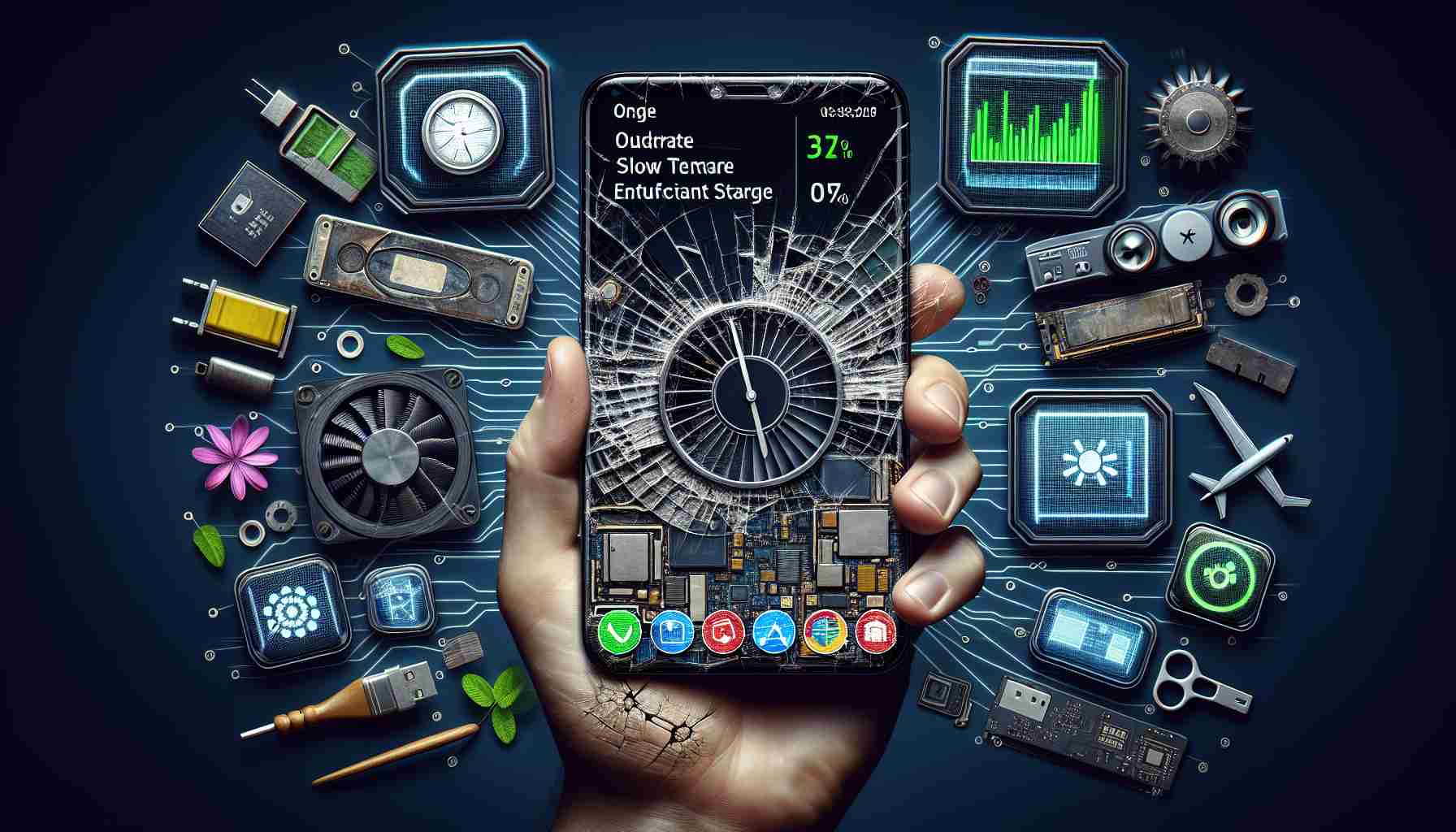Sluggish Performance
Is your smartphone struggling to keep up with basic tasks, taking ages to open apps, and loading web pages slowly? If your device is constantly underperforming, it might be time for an upgrade.
Storage Woes
Are you constantly receiving low storage notifications, even after clearing out photos and apps? If your smartphone’s memory is always running low and can’t meet your needs, it’s a clear sign to consider getting a new device.
Rapid Battery Drain
Does your phone require frequent charging throughout the day, even with minimal usage? As batteries degrade over time, they lose their capacity to hold a charge. While replacing the battery is a temporary fix, upgrading to a newer model with a more efficient battery might be a better solution.
Random Reboots
Experiencing frequent, unexplained phone reboots that disrupt your usage? This could indicate underlying software or hardware issues that are best addressed by a professional. If troubleshooting methods don’t work, it might be time to invest in a new smartphone.
Display Problems
Have you noticed screen defects like dead pixels, lines, or unresponsive touch controls? A damaged screen not only impacts usability but also poses potential health risks. Repairing a severely damaged screen might not be worthwhile, signaling it’s time for an upgrade.
Don’t compromise your smartphone experience – timely upgrading to a new device can enhance your productivity and enjoyment.
Maximum Camera Quality
Have you been missing out on the latest camera features such as night mode, ultra-wide lens, or improved image stabilization? Upgrading your smartphone can provide you with access to advanced camera technology that enhances your photography experience and captures stunning moments effortlessly.
Network Connectivity
Are you facing issues with network connectivity, drop calls, or slow data speeds despite being in a strong signal area? Older smartphones may lack support for the latest network technologies like 5G, leading to subpar connectivity experiences. Upgrading to a newer model can ensure you stay connected seamlessly in today’s fast-paced digital world.
Software Updates
Is your current smartphone no longer receiving software updates from the manufacturer, leaving it vulnerable to security threats and lacking the latest features? Regular software updates not only enhance performance but also ensure the device’s longevity. Investing in a new smartphone guarantees access to the latest software improvements and security patches.
Form Factor Changes
Have your preferences changed regarding smartphone size, weight, or design aesthetics? Upgrading allows you to choose a device that aligns with your current needs and style preferences. Whether you prefer a compact phone for easy handling or a larger screen for multimedia consumption, a new smartphone can cater to your evolving tastes.
Environmental Impact
Are you concerned about the environmental impact of constantly upgrading smartphones and contributing to electronic waste? While upgrading offers technological benefits, it’s essential to consider recycling or donating your old device responsibly. Many manufacturers and retailers offer trade-in programs to recycle old devices sustainably and reduce e-waste.
Advantages of Upgrading:
– Improved performance and speed for seamless multitasking.
– Enhanced camera capabilities for high-quality photos and videos.
– Better network connectivity for uninterrupted communication.
– Access to the latest software updates and security features.
– Personalized choice of form factor and design preferences.
Disadvantages of Upgrading:
– Cost implications associated with purchasing a new device.
– Learning curve for adapting to a new operating system or interface.
– Potential environmental impact of discarding the old smartphone.
– Compatibility issues with existing accessories or apps.
Main Domain Link:
Consumer Reports – Provides in-depth reviews and information on smartphones, helping consumers make informed purchasing decisions.























